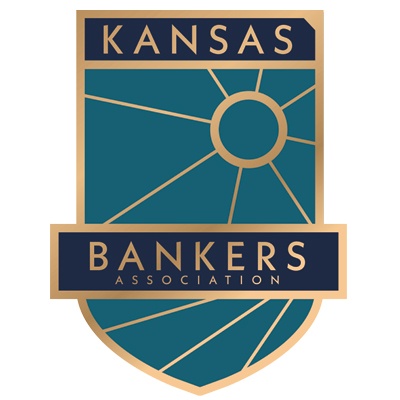America’s banks have a longstanding commitment to helping reduce the number of unbanked and underbanked individuals and families in the U.S. July marked a major milestone in that endeavor, with an announcement from the Cities for Financial Empowerment Fund that the number of Bank On certified deposit accounts now available has surpassed 100. At the time this column was written, it was up to 114.
As you may recall, nearly a year ago, I challenged banks of all sizes to offer Bank On certified products, designed to promote access to financial services to the roughly 5% of U.S. households that remain unbanked. To receive Bank On certification, the account must meet specific standards, including low costs, no overdraft fees, robust transaction capabilities via a debit or prepaid card, and free online bill pay. The certification is free and the process is simple.
When I issued that challenge in October 2020, there were 43 banks offering accounts that were Bank On certified. Today, there are more than 90, with plenty more in the process of obtaining certification. In particular, we’ve seen a significant uptick in the number of community banks offering Bank On certified accounts. This is partly due to ABA’s efforts to engage with 20 of the nation’s core technology providers – including Fiserv, FIS, Jack Henry and Associates and Finastra – and encourage them to simplify the process for their bank clients to create and offer these critical products.
Today, Bank On accounts are available in more than 32,500 branches in 99 out of the 100 largest metropolitan markets and all 50 states. They have received plaudits from bank regulators and policymakers alike – and for a good reason. Research suggests that the initiative is working as intended: according to the Federal Reserve Bank of St. Louis, 75% of consumers opening Bank On certified accounts were new customers for that bank. Additionally, while these accounts have widespread appeal, CFE Fund reports that customers opened close to 60% of Bank On certified accounts in communities with 50% or more people of color.
The importance of having a banking relationship has never been more apparent than during the COVID-19 pandemic. From obtaining Paycheck Protection Program loans to receiving economic impact payments quickly, countless stories speak to the benefit of having a trusted banking partner – and the disadvantages of not having one.
“For a long time, we’d known that we have consumers that don’t have bank accounts in our market. It could be for cost; it could be for convenience. There could be a lot of reasons. The stimulus checks brought the issue to light a little more,” says Gary Kleer, CEO of First Bank Richmond in eastern Indiana, whose bank recently had its Easy-Fit Checking Account Bank On certified. “When we saw this initiative being offered, we decided to get on board so that we could offer our consumers a more safe and affordable way to handle their money.”
As we strive for a more equitable and inclusive society, one of the most constructive ways banks can help move the needle is to ensure that every American has the opportunity to access the banking system. That’s why the Bank On certification is so important – it signals to those who may be hesitant to come in the door and start that banking relationship that the bank offers a product they can trust to meet their needs.
Many banks are already offering checking account options to meet Bank On standards – but it’s time to go the extra step and get them certified – for free – with the Bank On seal of approval. If you haven’t yet, I encourage you to visit aba.com/BankOn to learn more about the Bank On movement, how to certify an account product and why other banks were motivated to get involved. ABA staff is available to meet with your bank about the Bank On process and answer your questions; reach out anytime through our dedicated inbox: bankon@aba.com.
Together, we can bring more Americans into the banking system — a crucial step toward ensuring economic prosperity for all.
Email Rob Nichols at nichols@aba.com.










